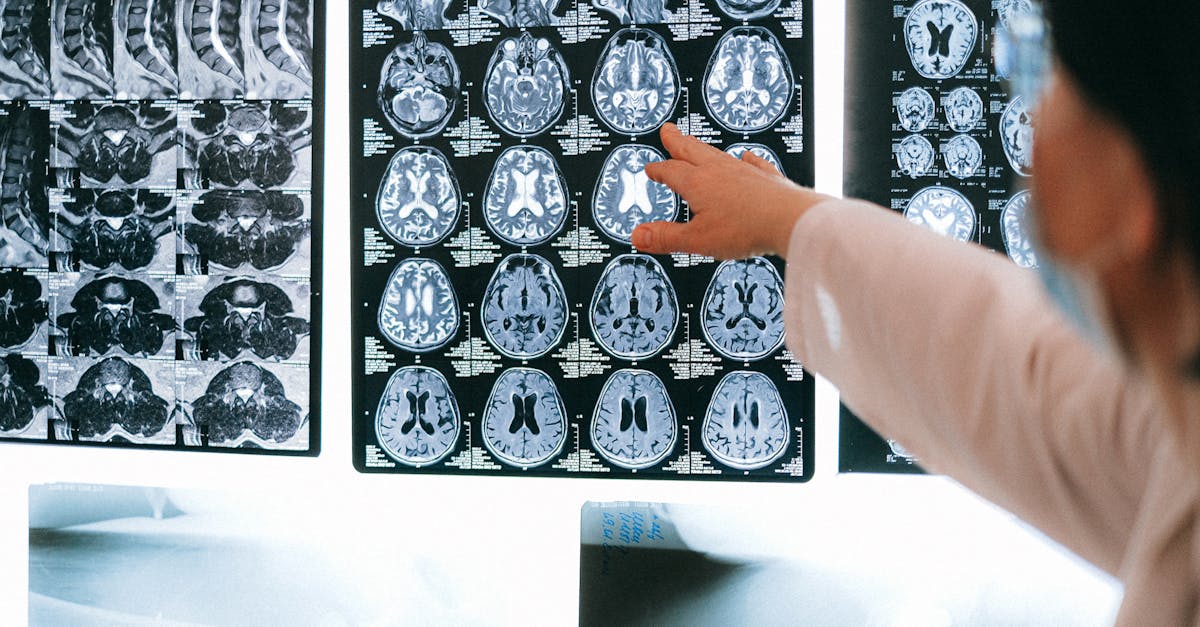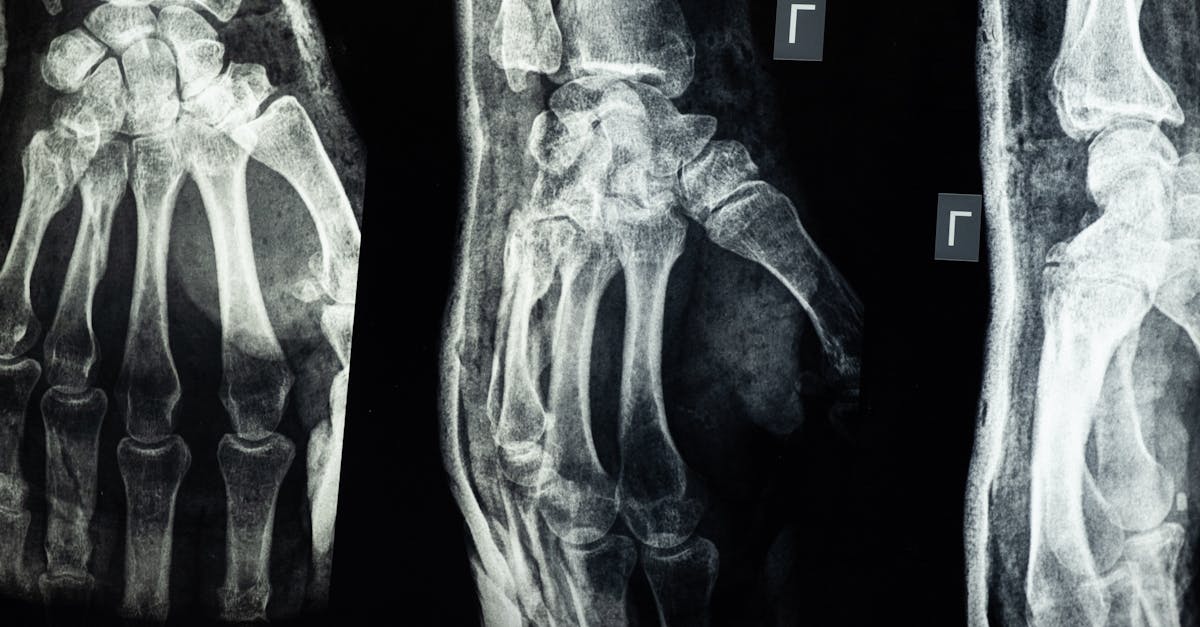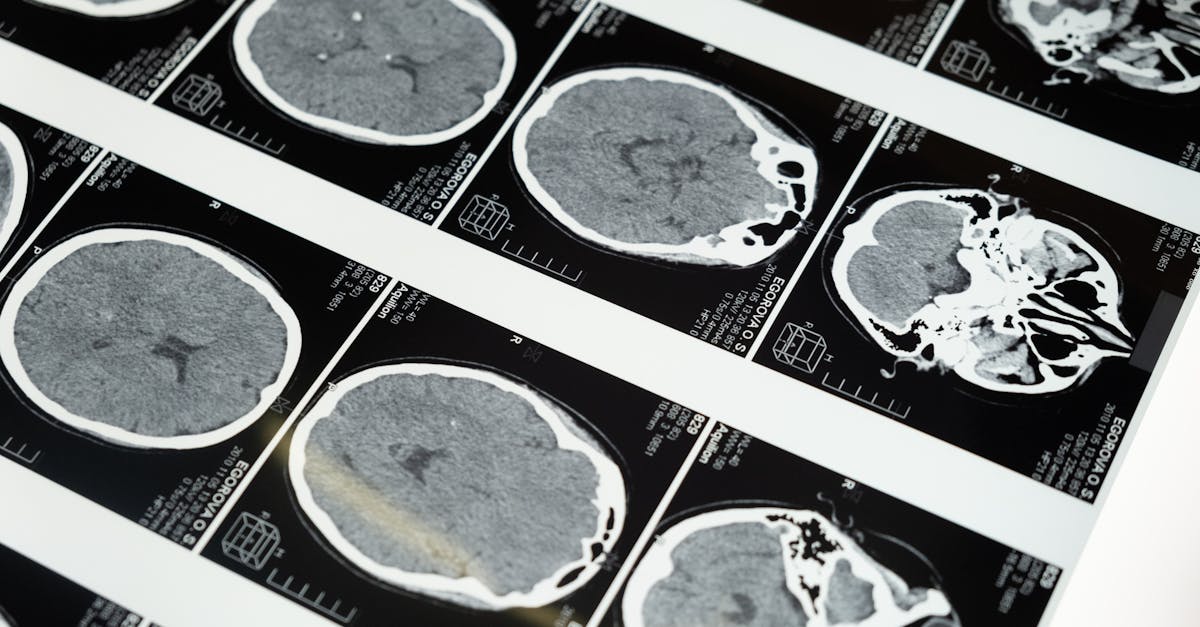Interventional radiology is an innovative discipline that requires a rigorous patient selection to ensure the safety and effectiveness of treatments. The radiology guidelines play a crucial role in determining the inclusion criteria for patients, integrating best practices aimed at optimizing clinical outcomes. This article will explore the various aspects of patient selection in interventional radiology, addressing essential criteria, recommended treatment protocols, as well as the clinical evaluation necessary for this approach.
The foundations of patient selection in interventional radiology
Since the emergence of interventional radiology, it has become imperative to establish selection standards to maximize the benefits of interventions while minimizing risks to patients. These standards are often defined by radiology guidelines that rely on clinical studies and expert consensus.

Inclusion and exclusion criteria
The inclusion criteria are determining factors in patient selection. Depending on the pathology, age, general condition, and comorbidities, these criteria are established to ensure that only a specific group of patients benefits from the interventions. For example, patients with localized vascular or tumor diseases who do not have major contraindications to procedures are often selected for treatments related to interventional radiology.
On the other hand, the exclusion criteria may include:
- History of severe allergic reactions to contrast agents.
- Active infections at the time of intervention.
- Uncontrolled coagulation issues.
- General health status deemed too precarious for an intervention.
Clinical evaluation and preliminary preparations
Before any intervention, a thorough clinical evaluation is crucial. This includes a detailed physical examination, laboratory tests, as well as suitable medical imaging techniques to establish an accurate diagnosis and confirm the indication for intervention. Physicians must also ensure that patients understand their situation and the risks associated with the proposed procedure.
Treatment protocols and best practices
Treatment protocols in interventional radiology go beyond the technique itself. They must incorporate best practices that take into account the specifics of each patient. The development of these protocols is based on research data and previous experiences. The use of quality equipment, developed by radiology equipment brands, is essential to ensure safety and efficacy.
It is also important to establish clear guidelines for post-interventional management, including adequate monitoring and prompt care in case of complications. Studies show that a rigorous clinical evaluation before intervention can reduce the complication rate and improve overall outcomes.
Risks and patient safety
Patient safety is the top priority in any interventional radiology procedure. This includes measures to minimize risks associated with anesthesia, the use of advanced imaging software, and the disinfection of equipment. Special attention must be paid to risk management, patient preparation before the intervention, and appropriate care afterward.
Strategies to improve patient safety
Several strategies can be implemented to enhance safety. For instance, creating a safe intervention environment, training medical staff in emergency techniques and complication management, and establishing clear communication processes among different medical teams. The use of new technologies, such as artificial intelligence for data analysis of images, could provide significant advancements for patient safety during their interventions.

The future of interventional radiology and practical implications
As interventional radiology continues to evolve, it is essential to adapt best practices and radiology guidelines in light of new scientific discoveries and technological advancements. Interventional radiology is moving towards more and more minimally invasive procedures, offering alternatives to the more invasive methods that have been widely used in the past.
Continuous research is necessary to refine the inclusion criteria and develop treatment protocols that meet the varied needs of patients. Collaborations between medical institutions and researchers are important to develop new strategies and refine existing techniques. The goal is to continually improve outcomes and ensure optimal patient safety during interventions.
Resources and continuing education
Healthcare professionals must engage in continuous education to stay updated with the latest advancements in the field of interventional radiology. Access to educational resources, professional networks, and dedicated conferences can contribute to their updates on the best practices in patient selection. Understanding current guidelines and recent techniques is essential for the effective implementation of radiology guidelines.














